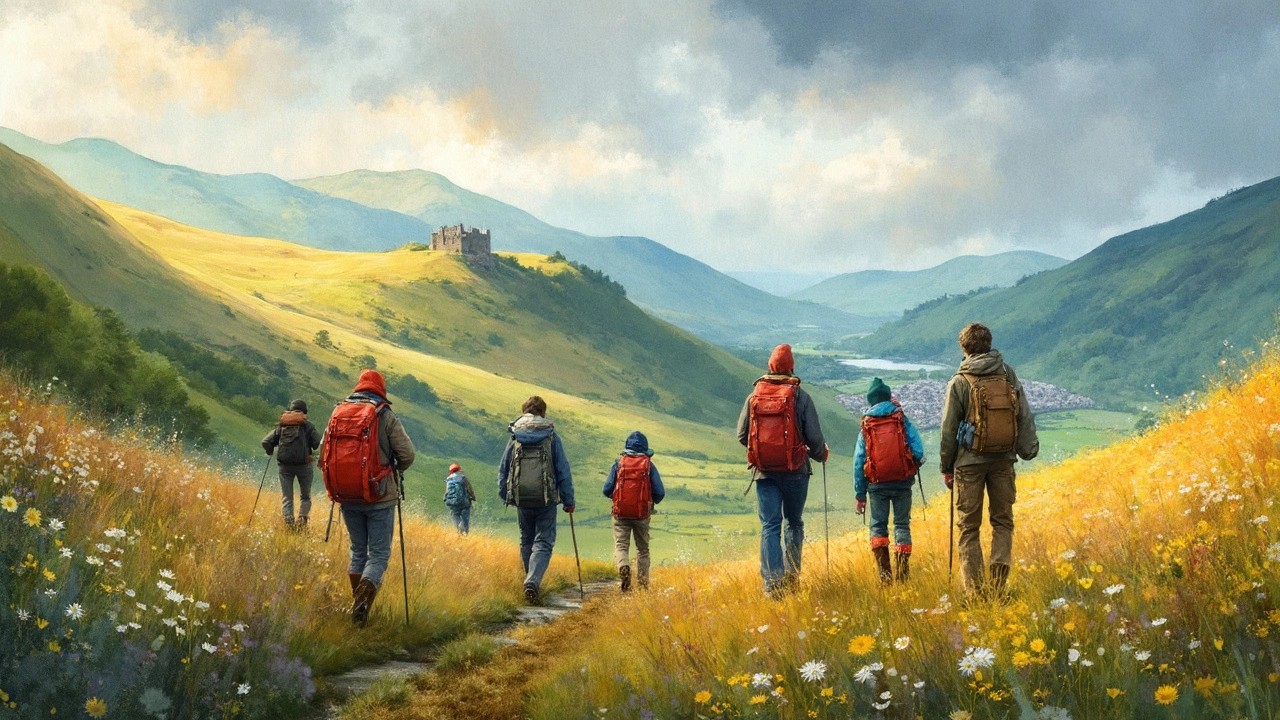Soft Adventure Travel: Fun, Easy Trips for Everyone
Looking for a bit of excitement without the extreme? Soft adventure is the sweet spot between a lazy beach day and a mountain trek that leaves you gasping. Think kayaking on calm waters, short hikes to hidden waterfalls, or bike rides through scenic countryside. You get the thrill of moving, seeing new places, and feeling alive, but you don’t have to be a fitness guru or spend a fortune.
What Makes an Adventure "Soft"?
Soft adventure usually means low‑impact activities that are easy to start and finish in a day or two. You won’t need special gear, a guide, or a training plan. Most of the time you can fit it into a weekend or even a half‑day break. The focus is on enjoyment, scenery, and a little bit of challenge – like a gentle climb that ends with a great view, or a paddle that lets you explore a quiet river.
Because the effort level is moderate, you can do it with friends, family, or even solo without feeling exhausted. It’s also a great way to test the waters before trying something more demanding later on.
Top Soft Adventure Ideas for 2025
1. Scenic Day‑Hikes – Pick a trail that’s 3‑5 miles long, has a clear path, and rewards you with a viewpoint or a small waterfall. Places like the Lake District or the Cotswolds have plenty of marked routes that fit this description.
2. Kayaking or Canoeing – Look for calm lakes or slow‑moving rivers. A two‑hour paddle lets you see the shoreline from a new angle and gives a mild arm workout. Many UK tourist centres rent equipment and provide short safety briefs.
3. Cycling the Coast – Borrow a bike and ride a stretch of the coastal path. You can stop at a café, snap photos of cliffs, and still get a decent cardio boost. The route from Brighton to Worthing is a popular, flat option.
4. Guided Wildlife Walks – Join a local guide for a short walk in a nature reserve. You’ll spot birds, maybe a deer, and learn a few fun facts. It’s low effort but high on the wow factor.
5. Light Rock‑Climbing Walls – Indoor climbing gyms often have beginner walls with easy routes. It’s a great way to try climbing without the hassle of ropes or gear.
All these ideas fit into a soft adventure mindset: simple, safe, and satisfying.
When you plan, start with the basics: check the weather, pack a water bottle, wear comfortable shoes, and bring a small snack. If you’re new to an activity, a short tutorial video or a quick chat with a local staff member can boost confidence fast.
Budget‑wise, soft adventures are forgiving. Public transport can get you to most trailheads or water spots, and many locations offer free entry. A modest rental fee for a kayak or bike is usually under £20 per day, leaving plenty of room for a hearty lunch.
Soft adventure also pairs well with other travel goals. After a day on the water, you can relax in a nearby village, try a local pub, or book a cheap B&B. It creates a balanced trip where you get the buzz of activity and the downtime to recharge.
So, if you’re scrolling for a new getaway idea, skip the pricey ski resort and think about a soft adventure instead. It’s easy to start, cheap to do, and leaves you with stories you’ll actually want to share. Grab your shoes, pack a snack, and head out – the adventure is waiting right around the corner.
